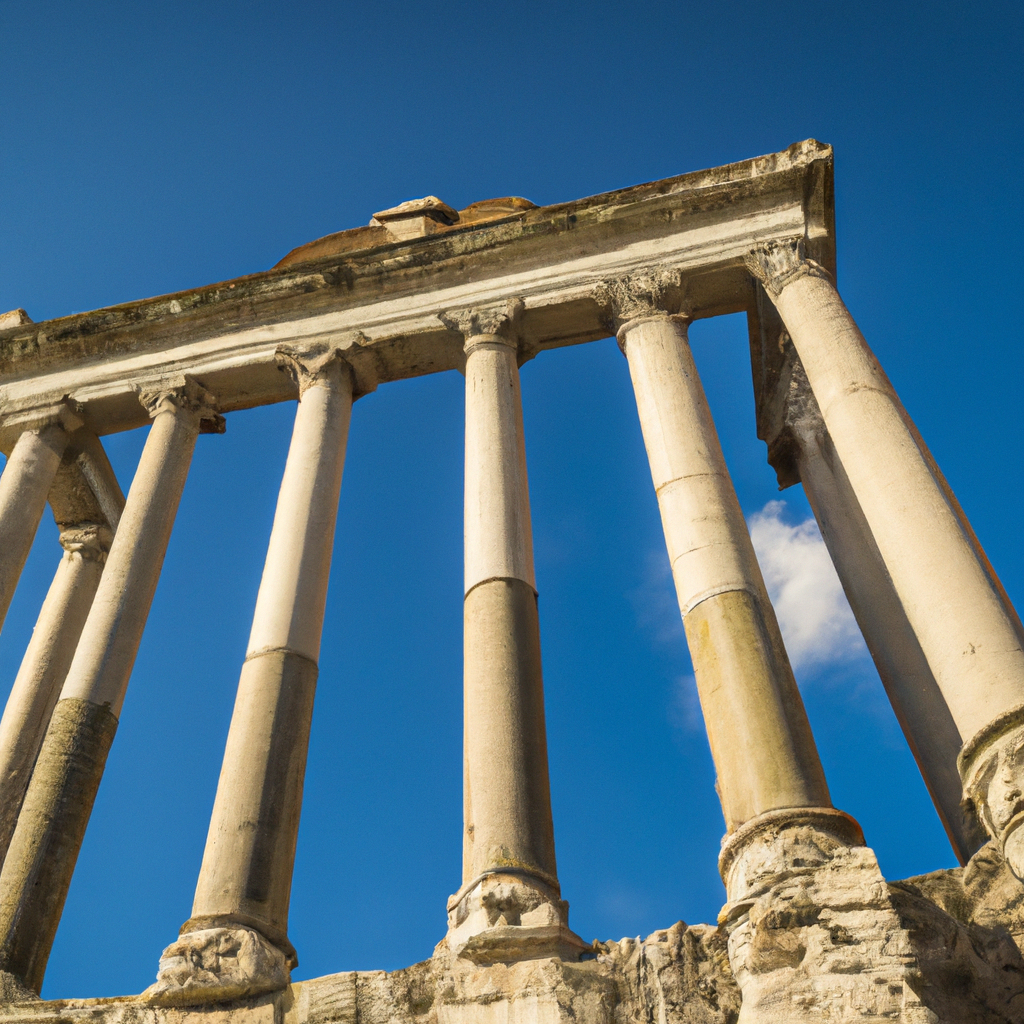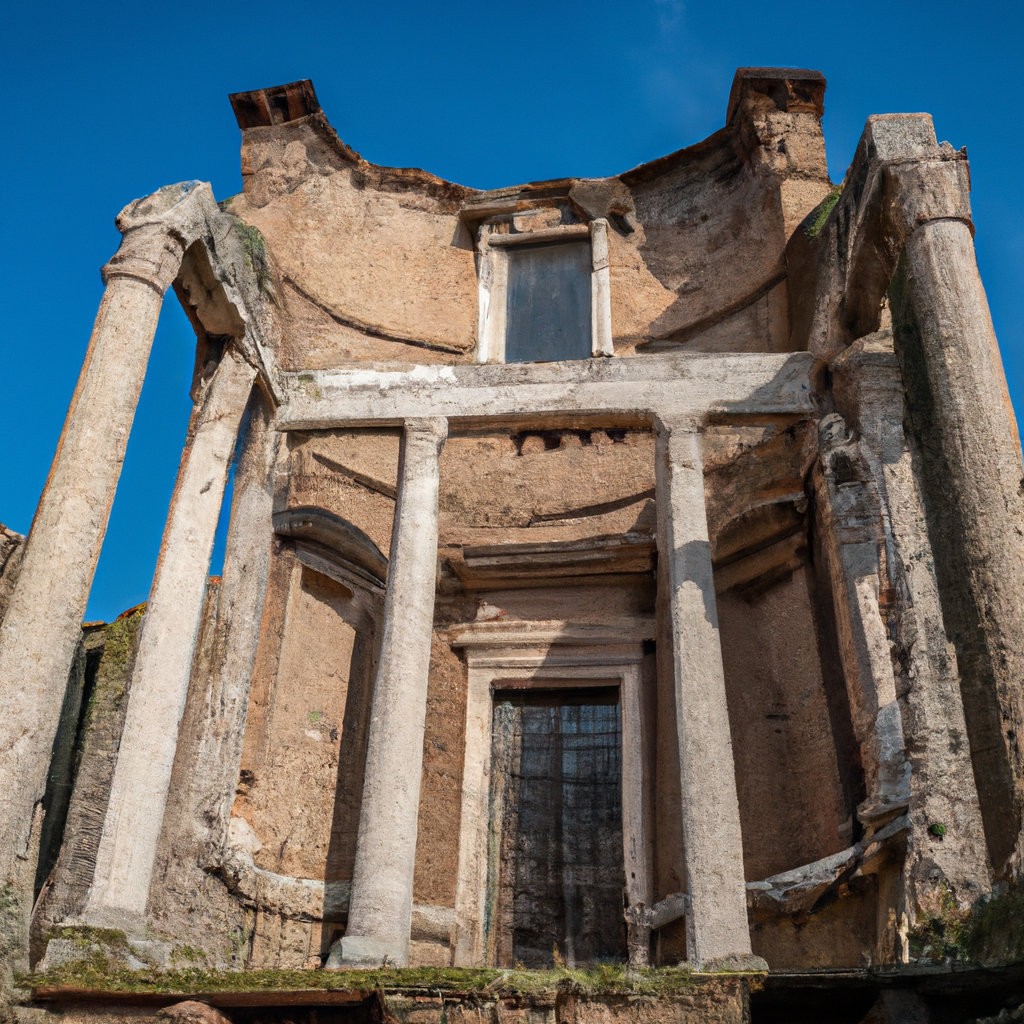Mount Vesuvius In Italy: Overview,Prominent Features,History,Interesting facts
Overview:
Mount Vesuvius is a stratovolcano located on the Gulf of Naples in eastern Italy. It is a roughly 1,281-meter (4,203-foot) high peak that is approximately 8 km (5 mi) east of the city of Naples. It is the only volcano on the European mainland to have erupted within the last hundred years. Since 79 AD, when its most famous eruption occurred destroying the Roman cities of Pompeii and Herculaneum, eruptions have occurred every few decades or so. The last eruption of Vesuvius was in 1944.Today, Mount Vesuvius is located on the edge of the Vesuvius National Park and is a popular tourist destination. It is considered a "Decade Volcano" by the International Association of Volcanology and Chemistry of the Earth's Interior (IAVCEI), signifying that it is worthy of special study due to its potential danger to humans. It is one of the most beautiful monuments in Italy
Prominent Features:
1. High volcanic cone and steep sides: Standing at an altitude of 1,281 meters (4,203 ft), Mount Vesuvius is a prominent, steep-sided volcano in Italy. Its high, conical shape is the result of centuries of volcanic activity and the gradual build-up of layers of lava, ash, and volcanic rocks. 2. Active volcano: Mount Vesuvius has had numerous eruptions over the centuries, most famously the eruption in 79 AD that destroyed the cities of Pompeii and Herculaneum. It is still considered an active volcano and is monitored closely by scientists to keep track of possible eruptions or changes in activity. 3. Site of archaeological ruins: The cities of Pompeii and Herculaneum were destroyed during the 79 AD eruption, but their ruins remain to this day. Excavation and archaeological studies have revealed much about life in the area at the time and have given insight into the lives of people in the ancient world. 4. Extensive trails and walks: Vesuvius offers a wide range of trails and walks around its base, leading to viewing spots of the Gulf of Naples and the surrounding area. Some of the trails are also hazardous and require appropriate gear and careful preparation for summit attempts. 5. Wildlife: The slopes around Vesuvius offer habitats for a variety of plants and animals, from lizards and foxes to a variety of birds, including the rare Bonelli's eagle. In addition, the area provides a unique opportunity to observe the rare Long-Fingered Bat. You can learn history, culture, and heritage through these magnificent monuments in Italy.
History:
The history of Mount Vesuvius, an active stratovolcano in Italy, dates back to ancient times. The volcano is most famously known for its eruption in 79 AD that destroyed the city of Pompeii. Vesuvius is the only volcano on the European mainland to have erupted within the last hundred years. Mount Vesuvius has been erupting for at least the last 500,000 years, with the first recorded eruption occurring in 1737 BC. The last known major eruption occurred in AD 79, burying the cities of Pompeii and Herculaneum under a thick blanket of ash. The long-lasting eruption caused the deaths of at least 16,000 people and destroyed much of the surrounding area. The eruption also formed the caldera at the top of the volcano, which remains to this day. Since the 79 AD eruption, Mount Vesuvius has had several smaller eruptions, the most recent being in 1906. In 1944, the nearby town of San Sebastiano Al Vesuvio was completely destroyed by an earthquake accompanying the eruption of Mount Vesuvius. Mount Vesuvius remains the only active volcano on the European mainland and is considered one of the most dangerous volcanoes in the world due to its location in densely populated areas. The volcano is monitored closely for seismic activity, gas emission, and changes in the ground’s surface. Despite its dangerous potential, Mount Vesuvius remains a popular tourist destination. The National Park of Vesuvius was established in 1995 in order to protect the area’s natural beauty and improve infrastructure for tourists. Today, tourists can explore the ruins of Pompeii, visit the crater of the volcano, and admire the otherworldly landscape at the top of the volcano. Visit one of the famous monuments of Italy with your friends and family.
Interesting facts:
1. Mount Vesuvius is an active volcano and the only one on mainland Europe. 2. It is located on the Gulf of Naples in the Campania region of Italy. 3. Vesuvius is considered to be one of the most dangerous volcanoes in the region, as well as one of the most destructive. 4. The eruption of Mount Vesuvius in 79 AD that buried the Roman city of Pompeii and other nearby cities is one of the most famous volcanic eruptions in history. 5. A large number of people have died from the force of the eruptions of Vesuvius, including the entire population of the towns of Herculaneum and Pompeii in AD 79. 6. The most recent eruption of Vesuvius was in 1944. 7. Vesuvius is the only active volcano on the European mainland that has erupted within the last century. 8. Vesuvius is the only volcano in mainland Europe mentioned in the Bible. 9. Vesuvius is estimated to have erupted more than 50 times in recorded history. 10. Vesuvius is still an active volcano and could potentially erupt again in the future. One of the historical monuments of Italy, it tells the story of a bygone era
Explore Italy most popular tourist destination with us. Mount Vesuvius In Italy: Overview,Prominent Features,History,Interesting facts,which is 35.14 km away from Italy main town, is the most popular destination to add in your travel wishlist.
-
City:
Italy
-
state:
Campania
-
country:
IT
-
country code:
Italy
-
postcode:
80056
Location:
Campania IT
















